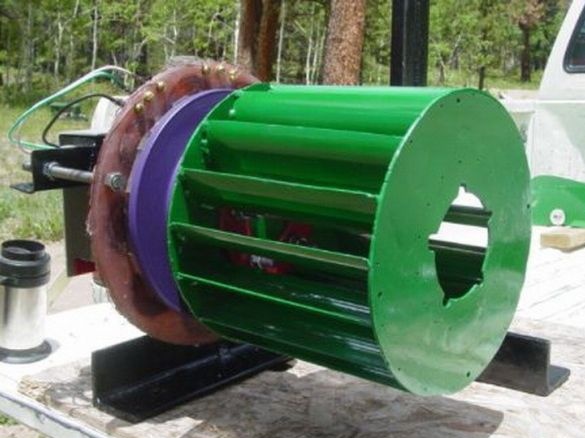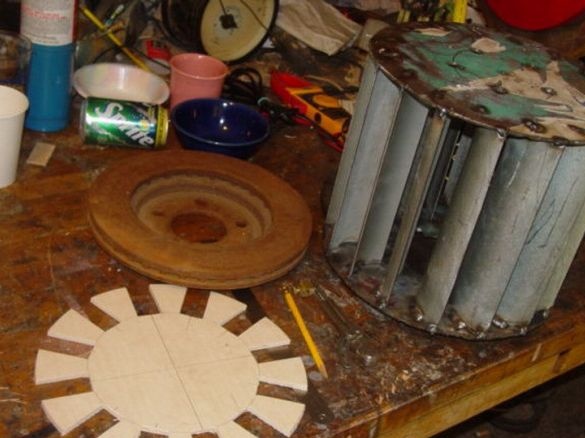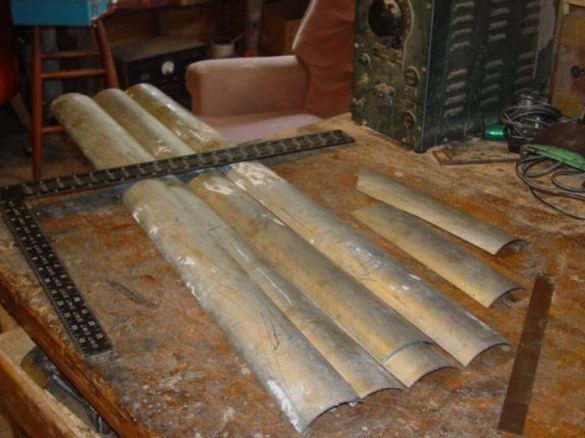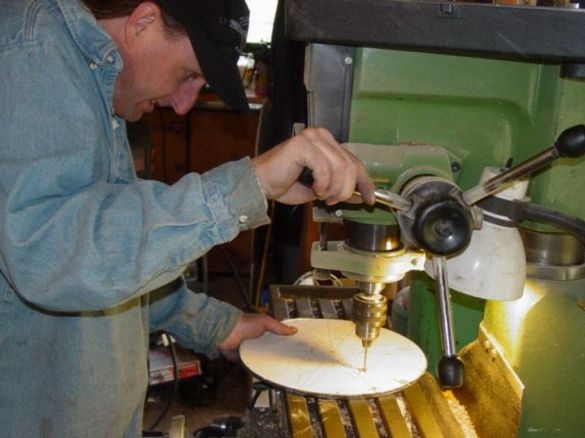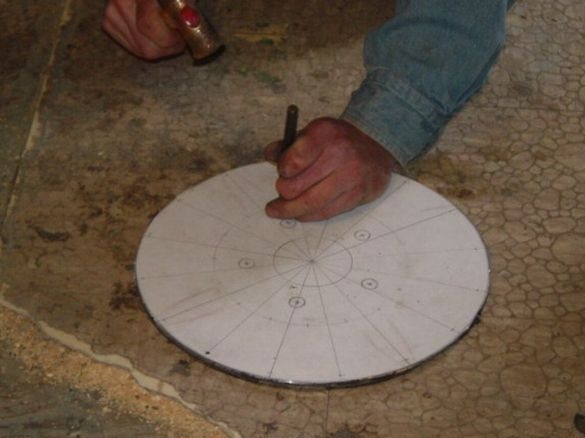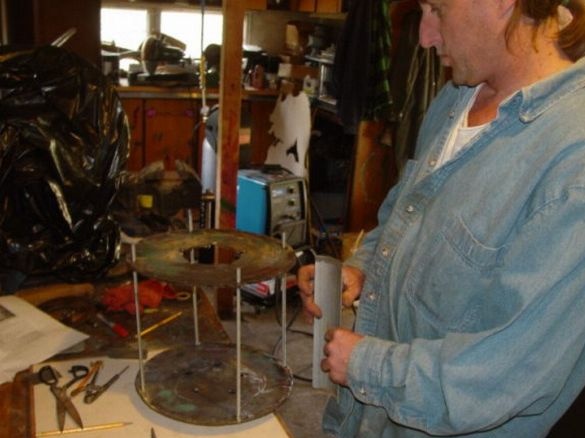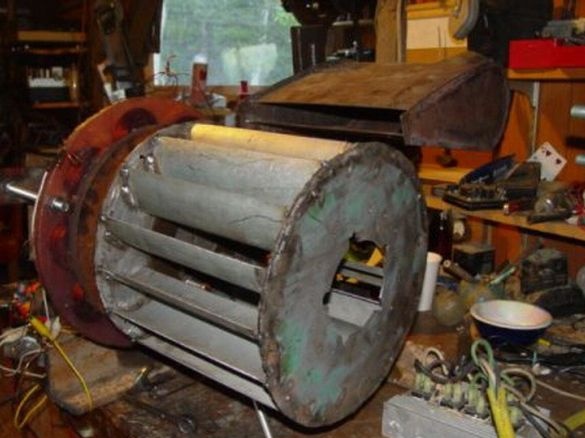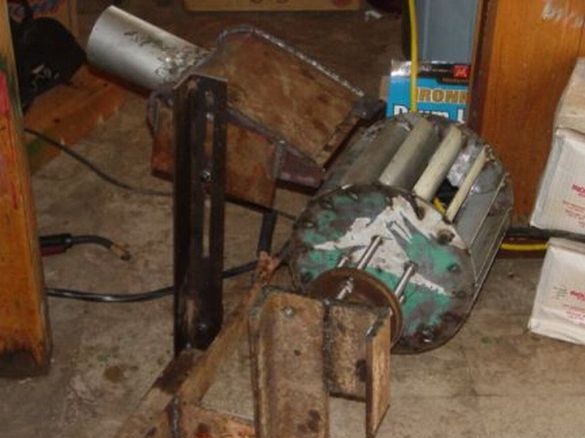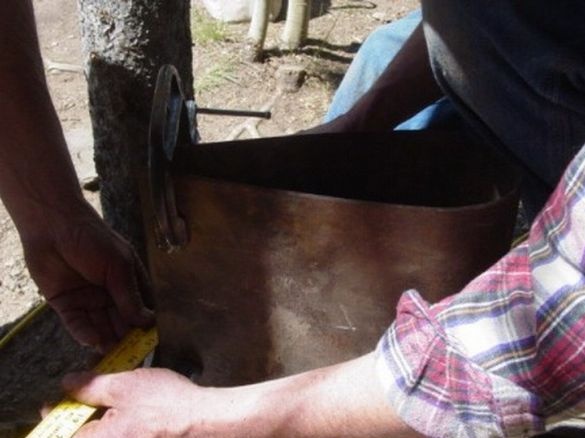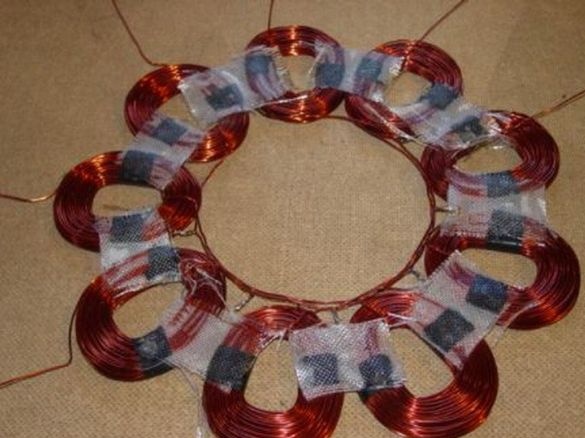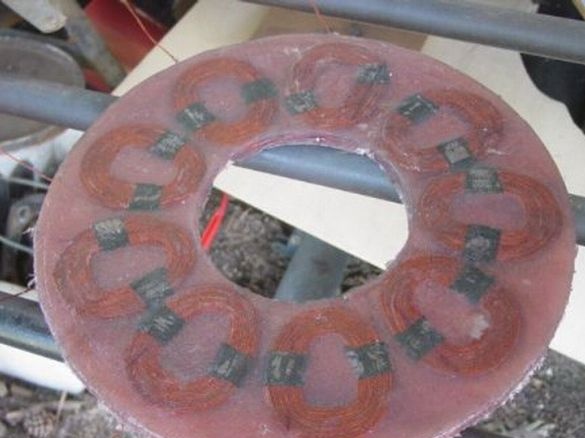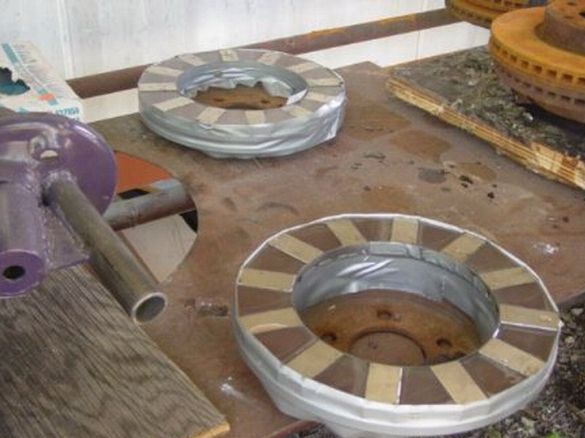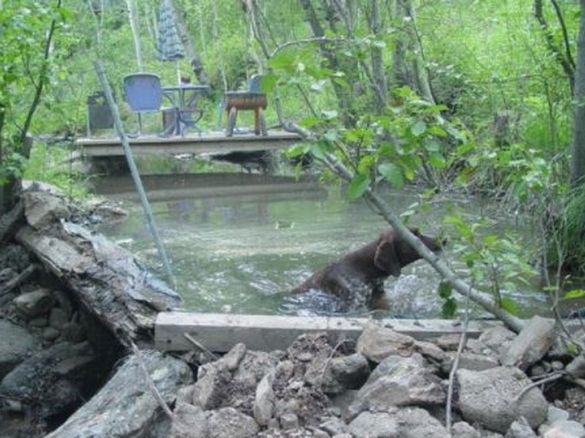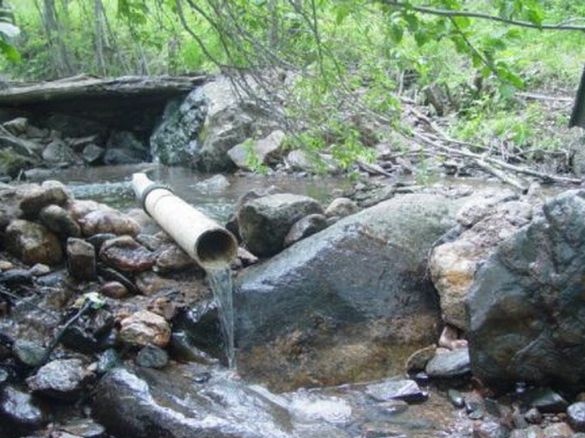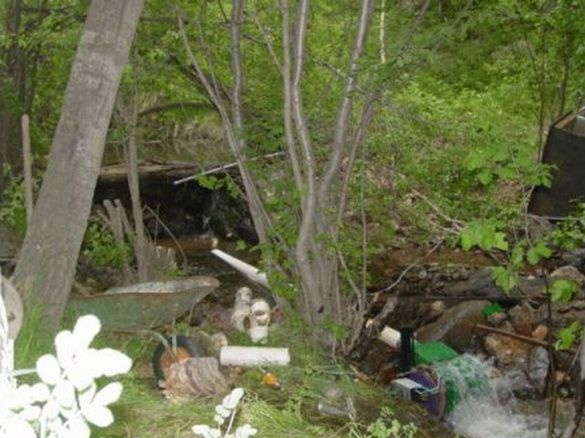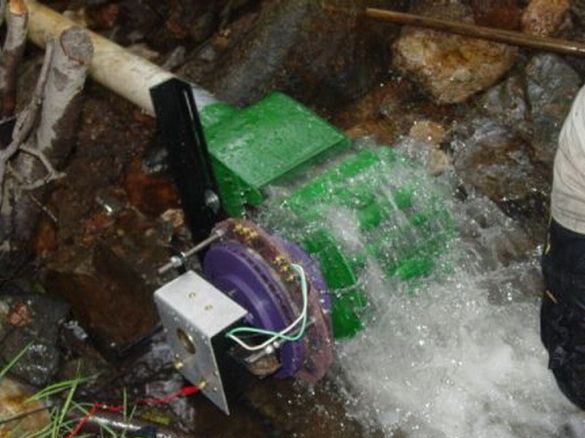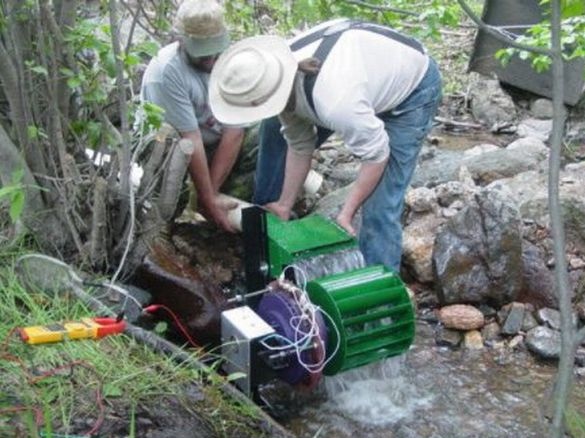If near the house there is a pond with a dam or stream, you can make an excellent source of free additional energy. The article will consider an example of how do it yourself can make a hydroelectric power station based on a water wheel. A power station manufactured in this way is capable of delivering currents up to 6 A; when installed on a small stream, the installation showed a result of 2 A. This is enough to turn on the receiver and a couple of bulbs. Power depends on how much water flows.
Materials and tools:
- corners and scraps of sheet metal;
- wheels to create a wheel (used from the Onan generator casing, which failed);
- generator (was made of two Dodge brake discs of 28 cm);
- The shaft and bearings were also taken from Dodge;
- copper wire with a cross section of about 15 mm;
- Neodymium magnets;
- plywood;
- polystyrene resin (needed to fill the stator and rotor).
Manufacturing process:
Step one. Create a wheel
To create a wheel, you will need two steel disks. In this case, their diameter is 28cm (11 inches). The disk needs to be marked so that it is clear where to install the blades. To make the blades, a 4-inch pipe is taken and cut lengthwise into 4 parts. In total, the wheel has 16 blades. To fix the disks, they are pulled together with four bolts. Next, you can set the blades to the desired position. They are welded by welding. The gap between the discs is 10 inches, that is, the length of the wheel is 10 inches.
At this stage, the assembly of the hydroelectric station is completed, the wheel is ready, now you need to make a nozzle and a generator. On one side of the disc there is a hole for convenient mounting of the wheel to the generator.
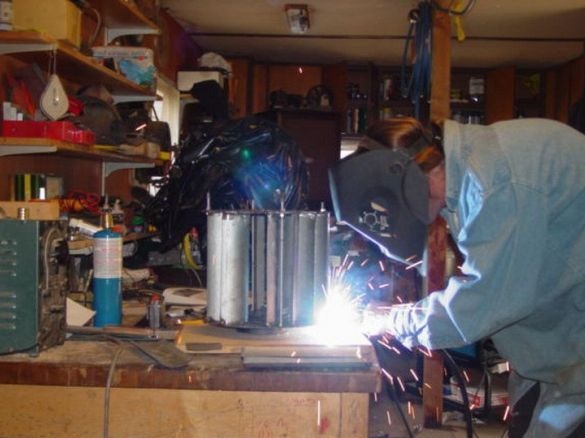
Step Two Make a nozzle
A nozzle is needed in order to direct water to the wheel. Its width is 10 inches, as is the width of the wheel. The nozzle is made from a single piece of metal by bending. Next, the structure is welded by welding.
Now you can install the wheel on the axis and the mechanical part of the hydropower plant is almost ready. It remains to assemble and install the generator.
The nozzle is made adjustable in height, this allows you to control the flow of water depending on the situation.
Step Three Build a generator
The process of creating a generator consists of several steps. First you need to make a winding, it consists of 9 coils. Each coil has 125 turns. The diameter of the copper wire is 1.5 mm. Each phase is formed by three coils that are connected in series.A total of 6 ends have been drawn, this will make the connection both a star and a triangle.
In conclusion, the coils are filled with polyethylene resin and the finished stator comes out. Its diameter is 14 inches and a thickness of 0.5 inches.
To assemble the generator, you need plywood, a template is made from it. Further, according to this template, 12 magnets with dimensions of 2.5 x 5 cm and a thickness of 1.3 cm are installed. In conclusion, the rotor is also filled with polyethylene resin. That's all, after drying, the generator is ready.
Under the aluminum cover are rectifiers, which make a three-phase alternating current direct. The ammeter scale has a range of up to 6 A. With the smallest gap between the magnets, the device produces 12 volts at 38 rpm.
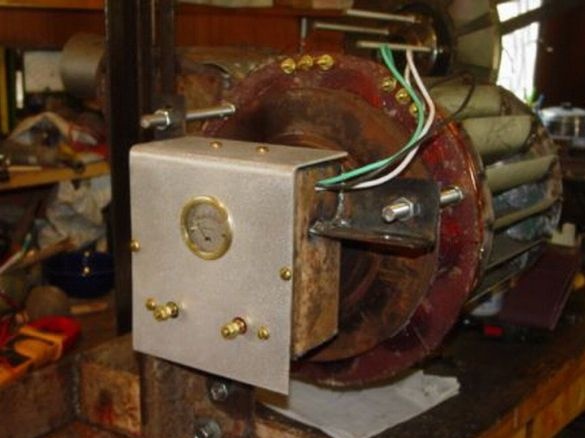
At the rear of the generator there are two interlinear screws that allow you to adjust the air gap. Thus, it is possible to select the most acceptable parameters of the generator.
Step Four The final stage of assembly and installation of the generator
All fasteners as well as the water wheel must be painted. Firstly, the device will look more beautiful. And secondly, the paint will protect the metal from rust, which will quickly appear near the source of water. It would be nice to equip the generator with a protective wing that removes splashes, but the author did not find suitable material.
In the photo you can see the place where the generator will be installed. This is a pipe from which water flows from a dam. The difference is about 3 feet. The wheel will take only a fraction of the total water flow. In practice, the best results were shown when water enters at an angle of 10 hours and exits at an angle of 5 hours. Then the greatest power is achieved.
The generator works, now it already gives out almost 2 Amperes. The adjustments showed that the star-type connection works most effectively, while the air gap is 1.25 inches.
The device can be cheaper if you use weaker magnets and make the gap between the coils less.
At the moment, under load, the rotation speed is 110 rpm, and at idle 160 rpm, while the hydroelectric power station produces a voltage of 1.9 A x 12V.
The only problem with this generator is the sticking of magnesium sand to the magnets. To prevent this from happening, you need to put a screen and an additional magnet at the input so that it picks up magnetic particles.

